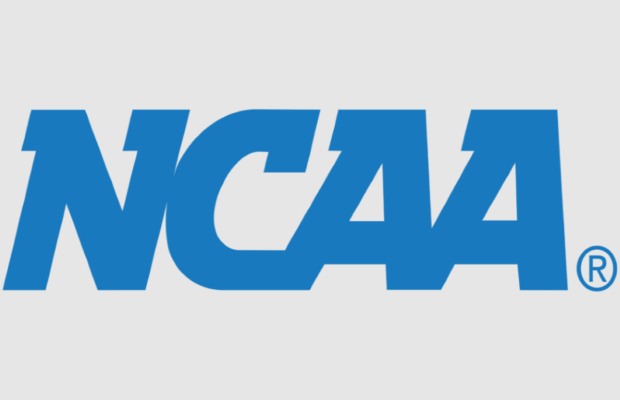The guidelines are designed to inform schools in responding appropriately based on their specific circumstances and in the best interest of returning college athletes’ health and well-being. Many sports require close, personal contact and require specially crafted guidelines. Among the recommendations put forth:
- Daily self-health checks.
- The appropriate use of face coverings and social distancing during training, competition and outside of athletics.
- Testing strategies for all athletics activities, including pre-season, regular season and post-season.
- Testing and results within 72 hours of competition in high contact risk sports.
- Member schools must adhere to public health standards set by their local communities.
Brian Hainline, NCAA chief medical officer:
“Any recommendation on a pathway toward a safe return to sport will depend on the national trajectory of COVID-19 spread. The idea of sport resocialization is predicated on a scenario of reduced or flattened infection rates.”
The recommendations were developed in collaboration with the NCAA COVID-19 Advisory Panel, American Medical Society for Sports Medicine (AMSSM) COVID-19 Working Group, Autonomy-5 Medical Advisory Group, National Medical Association, and NCAA Committee on Competitive Safeguards and Medical Aspects of Sports Prevention and Performance Subcommittee. The guidance also takes into consideration recommendations from the Centers for Disease Control and Prevention.
It is the latest update to the initial Core Principles of Resocialization of Collegiate Sport recommendations, providing guidelines and practices that schools should consider as they develop their own mitigation plans. The previously released Action Plan Considerations offered recommendations to help schools mitigate risks of COVID-19 spread as staff and student-athletes return.
For more information on the NCAA’s response to the COVID-19 pandemic, visit ncaa.org/covid-19.
